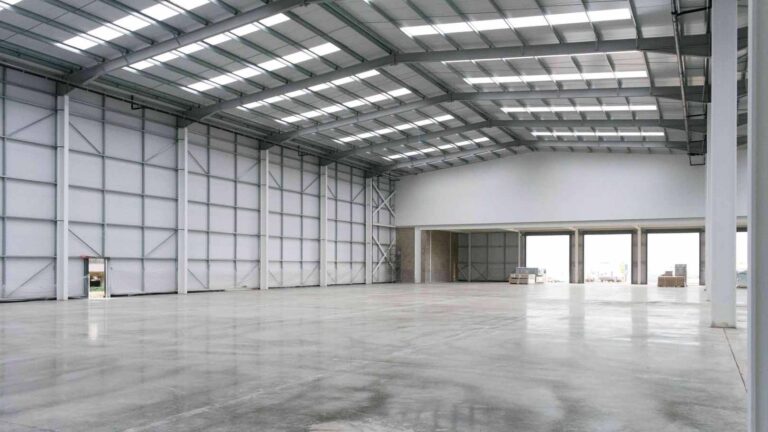
Warehouse Layout Guide: Design & Tips for Efficient Warehousing
The various factors in warehouse layout design and how to decide what is right for you based on your business needs.
For companies looking to stay competitive in the fast-paced supply chain and e-commerce landscape, warehousing is a necessary piece of the puzzle. In this guide, we’ll delve into how these facilities can benefit businesses, what services they provide, and discuss cutting edge solutions that are revolutionizing warehouse operations. Ready for an enlightening journey? Let’s dive right in!
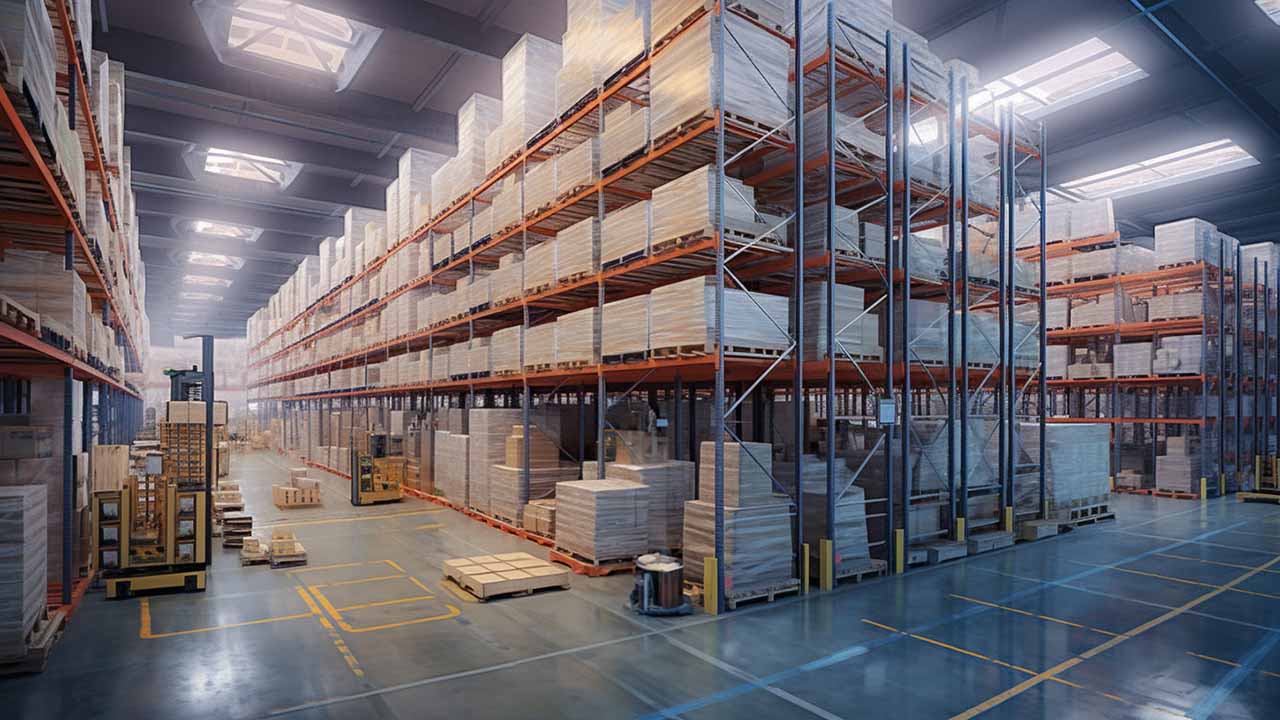
In this section, we explore the fundamental aspects of warehousing, including its definition, role in supply chain management, key functions such as inventory management and shipping/receiving, and the importance of quality control. Gain insights into the essentials of warehousing and its impact on business operations.
Warehousing refers to the process of storing and managing goods in a designated facility, ensuring their availability and protection until they are sold or distributed. It involves managing inventory, receiving, storing, order fulfillment, and quality control.
This type of logistics plays a crucial role when it comes to retail stores or e-commerce operations by ensuring timely delivery for customers’ satisfaction while also making sure there are enough resources to maintain equipment safety protocols alongside personnel supervision. Warehouse space serves more than just simple stocking – its goal is promoting operational excellence through proficiently handling movements throughout the entire system involved with these activities, both internally (in-house) or externally (third parties).
Businesses have many different warehousing solutions to choose from, each one with its own particular advantages. Private warehouses are used solely by the proprietor and offer increased control over inventory and processes. In contrast, public warehouses may be rented out for use by multiple organizations as they provide scalability in their offerings, a great option if flexibility is needed.
Co-op warehouses come into play when more than one business joins forces. It’s an affordable way to share expenses while pooling resources together. There are distribution centers which specialize in getting goods where they need to go (often featuring advanced logistics). And finally we have ecommerce warehouses that work best for online retailers since order processing can run quickly and smoothly here too!
Having knowledge of all these warehouse options makes selecting the right solution much simpler – ultimately leading businesses towards success through informed decisions about storage facilities requirements being met efficiently!
The terms warehousing and storage are often used interchangeably. However, they are not technically the same thing. While warehouses are indeed used for storage, their primary purpose is to store products with the intent to sell. Warehouses are high-volume, fast-paced environments where goods are constantly in motion. Although this may be more expensive than storage, the advantages far outweigh it due to the other services typically associated with warehouse management.
“Storage” also typically refers to the safekeeping of non-commercial items like things that consumers can no longer fit in their home or garage.

The main functions of warehousing fall into one of three main types: inventory, shipping and receiving, and quality control. All these contribute to successful warehousing operations that reduce costs and help ensure prompt shipments.
Distribution centers (another type of warehousing) has additional processes that are instrumental in ensuring warehouse operations are as streamlined as possible when fulfilling orders.
While there may be varying types of functions within these main categories, each warehouse needs to have some form of all of them to function well. To understand how all these essential elements work together, we need to examine each function closely:
Inventory management involves tracking levels, ordering stock, and predicting demand to ensure availability of goods. An ABC analysis helps businesses distinguish between the most profitable products customers like best while warehouse management software provides real-time data on current stocks and sends notifications when supplies run low. Radio frequency identification (RFID) tags allow quick scanning during arrivals at warehouses.
All these tools aid in better managing resources so orders can be completed effectively. All together, this streamlines order fulfillment by providing sufficient quantities at any given time, optimizing your processes with a Warehouse Management System or WMS is highly recommended for improved efficiency!
Shipping and receiving processes are integral to warehouse operations, helping minimize delivery times as well as transportation costs, which can have a great impact on customer satisfaction. To ship orders successfully from warehouse locations, carriers such as DHL, USPS, or UPS partner with the warehouse to provide regular inbound and outbound deliveries and pickups.
Upon arrival of products, a good receiving process includes accurate identification of inbound goods along with an updated number count for each product to maintain proper records. By fine-tuning these procedures, businesses will not only reduce errors, but also benefit overall by decreasing costs associated with goods movement within their warehouses, setting them up for success down the line!
Maintaining quality is essential for any business, and quality control in warehousing can help ensure that products conform to the desired standards. Through inspection and testing processes along with regular monitoring throughout the supply chain, companies can guard against defective items being used or shipped out to clients while ensuring customer satisfaction as well as preserving their brand reputation. By implementing reliable strategies of quality management businesses are able to mitigate risks associated with product faults.
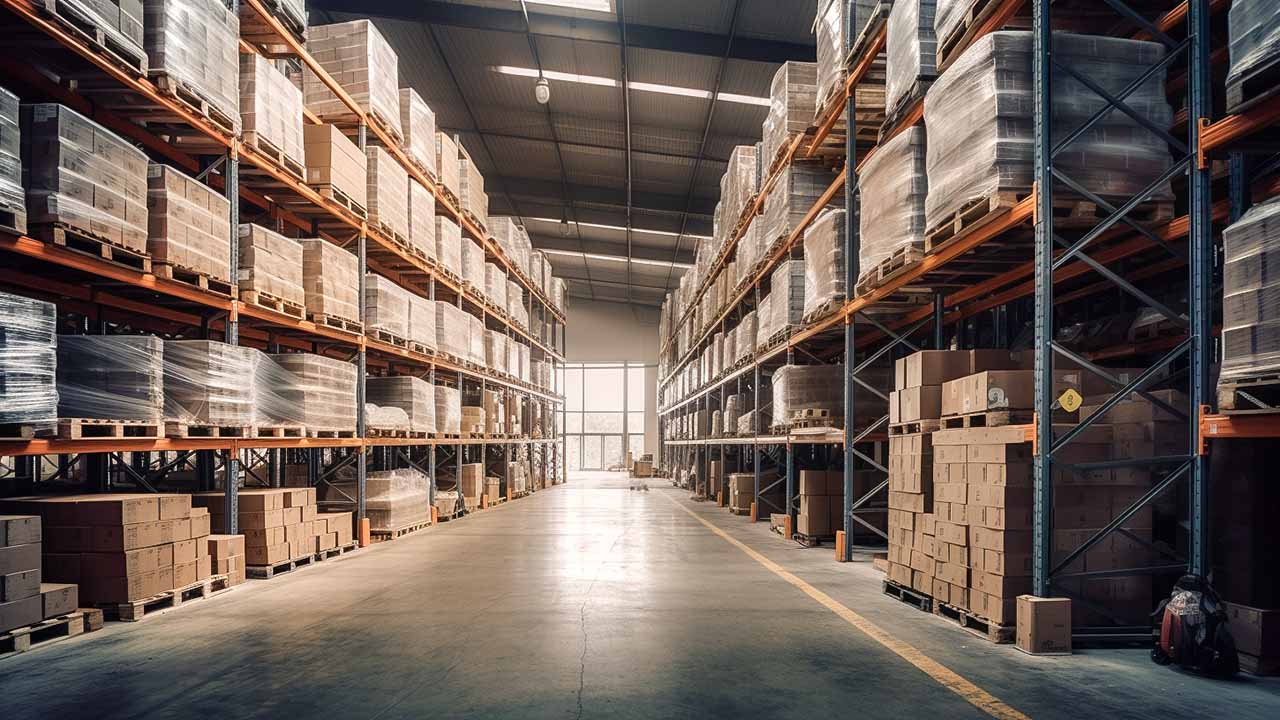
A good warehousing system brings a lot of benefits for businesses such as improved customer service levels, cost savings and risk reduction. By streamlining procedures in the warehouse and making use of innovative solutions and technologies, organizations are able to reduce cost and increase service levels, which makes them more competitive.
Let’s take a closer look at these advantages individually:
The ability of warehousing operations to fulfill customer demand promptly and accurately is paramount in today’s competitive business landscape. Efficient warehousing helps businesses meet customers’ expectations, delivering rapid shipping times as well as streamlined order processing and simplified returns management – all which can lead to enhanced satisfaction rates for buyers resulting in increased loyalty.
For companies operating within the e-commerce sector, where quick deliveries are almost always expected by consumers, effective warehouse strategies are needed to maintain their market edge while promoting growth at the same time.
Often at AMS we have new customers tell us of the challenges they faced with previous warehousing or fulfillment companies they work with. It’s a story we hear all too often and unfortunately continues even today.
Even large brands, which you think would have their operations and customer service dialed in, are leaving e-commerce brands and B2B companies wanting. So we decided that we would try to change that landscape by offering customers exactly what we would want in their shoes.
Here’s what we focus on to make sure our customers get the right kind of service with our warehousing offering:
By following these 3 we have helped accelerate several startup brands from toys to electric vehicles as well as saving a lot of costs and headache for larger more established e-commerce brands.
Warehousing helps businesses become more cost-effective by reducing the relative cost of goods through scale. Shipping bigger orders by combining them helps cut product and transportation costs dramatically. Additionally, as warehouse space increases, the cost per square foot usually decreases. This same idea also applies for things like packing processes and storage efficiency.
That does not mean that warehousing is only effective at scale, though. Many 3PL service providers have combined their large customer base to allow for smaller companies to utilize their services at much more economical rates than deploying their own warehousing operation.
Warehouses offer protection against risks such as theft, damage, and natural disasters. Even your standard type of storage facilities have security measures that can help safeguard inventory, reducing the potential for losses and ensuring business continuity.
Moving into warehousing unlocks the ability for a businesses to handle seasonal or fluctuating demand effectively. Excess inventory can be stored during off-peak periods and readily available during high-demand seasons, ensuring a consistent supply to meet customer needs.

Warehouse management systems and smart warehousing offer a range of possibilities for businesses to become more efficient and optimized. These innovative tools are available to cater specifically to the unique needs of each business. Such solutions can help boost accuracy, efficiency, as well as overall performance at any warehouse.
Let’s take a closer look at some of these advancements:
Warehouse Management Systems (WMS) allow businesses to better manage their inventory, track shipments and optimize warehouse operations. WMS offer real-time visibility into all activities within a warehouse setting while maximizing the effectiveness of warehousing processes like inventory tracking as well as workload allocation in order to achieve improved efficiency and accuracy.
Electronic picking lists developed by these systems can enhance the fulfillment process for orders due to organization with similar items being stored near each other, which facilitates faster packing procedures.
Smart warehousing uses a combination of automation, IoT technology and data analysis to optimize warehouse processes. By connecting intelligent devices like sensors to the internet, it’s possible for businesses to monitor goods in real time while also allowing them more control over their inventory management as well as overall efficiency costs related to supplying customers. This is why smart warehousing has become such an important part of today’s warehouse industry: transforming how we manage supply chains with improved accuracy all round.
Looking ahead into the future, advances in technology are expected revolutionize traditional ways of functioning within this area, paving the way for improvements across warehouse operations throughout industries worldwide thanks to sophisticated solutions enabled by Smart warehousing!
When looking to select the ideal warehousing solution for a business, it is essential that they make an informed decision as this can have major repercussions on their success. Businesses need to evaluate both their individual needs and relevant external components like place of operation, kind of goods stored and duration for which storage is required in order to pick the best warehouse service provider.
In this segment we will offer tips about studying what your company requires from its warehouses along with contemplating location aspects so you are able to identify the optimal storing system for your firm’s needs.
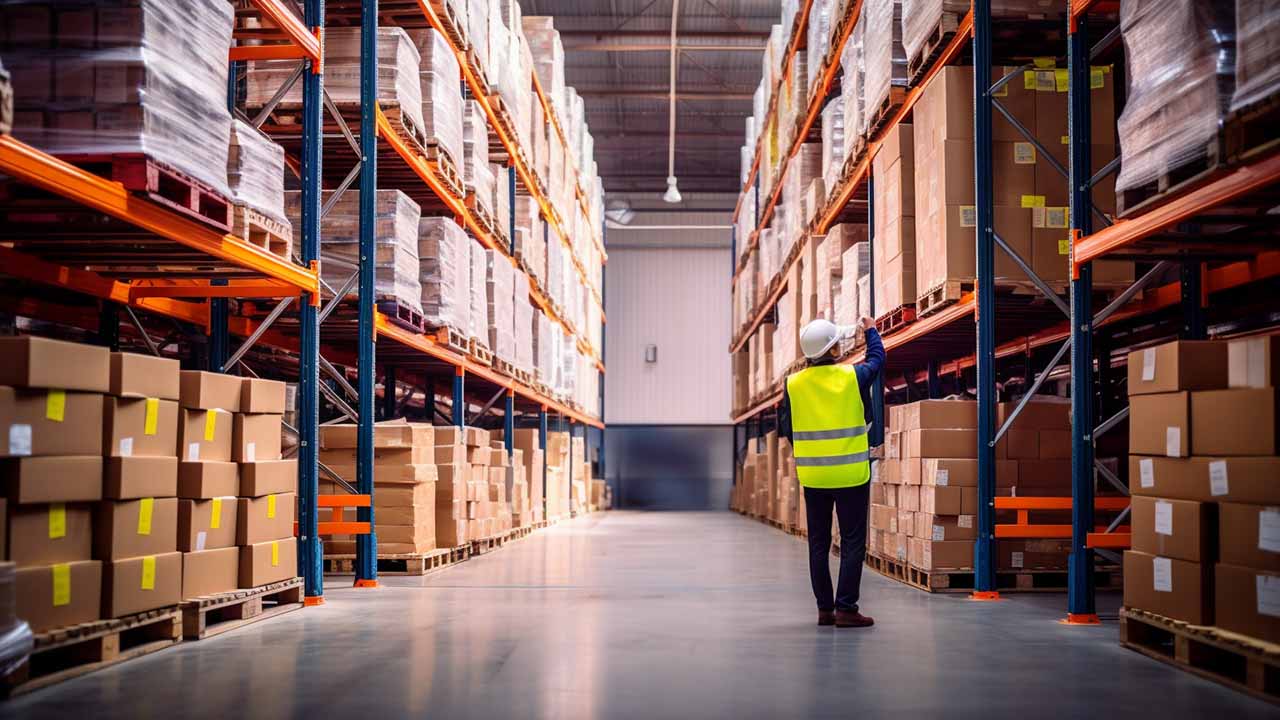
Businesses need to evaluate their existing and expected inventory levels, as well as assess order quantities along with any potential expansion. They should collect necessary internal data such as customer information plus external details on market conditions or competitors in the field. Key factors like budgeting considerations for space & personnel have to be taken into account when deciding which warehousing solution is suitable for them.
When picking a warehousing solution, location is important to consider since it influences shipping costs and transit times. Businesses should think about the closeness of potential markets, transportation centers, and other supply chain touch points when selecting where their warehouse will be located. Factors such as proximity to customers and suppliers, available transport infrastructure, accessibility of qualified staff.
Local regulations applicable for that region along with availability of raw materials must all play into consideration before making this decision. By doing so businesses are capable of minimizing expenses while at the same time increasing customer satisfaction & maximizing overall operational efficiency through careful deliberation on where best suits them in terms of warehousing choice accordingly.
The fee structure of warehousing companies can vary greatly, especially if fulfillment is involved. So, you should examine the fee structure very closely when making a decision on who you will partner with. For example, if you have a high number of SKUs, and your warehouse service provider prefers to bill by the pallet you may spend a lot more than if they billed by volume (usually cubic feet).
The reason is, your SKU counts need to be organized and the higher the number, the less efficient the storage to maintain easy access. This results in a high number of un-filled pallets that may leave lots of open space. In the pallet model, you pay for this open space whether you use it or not. Whereas, in the volume model you pay for the volume you use. This also incentivizes the warehousing provider to get as efficient as possible.
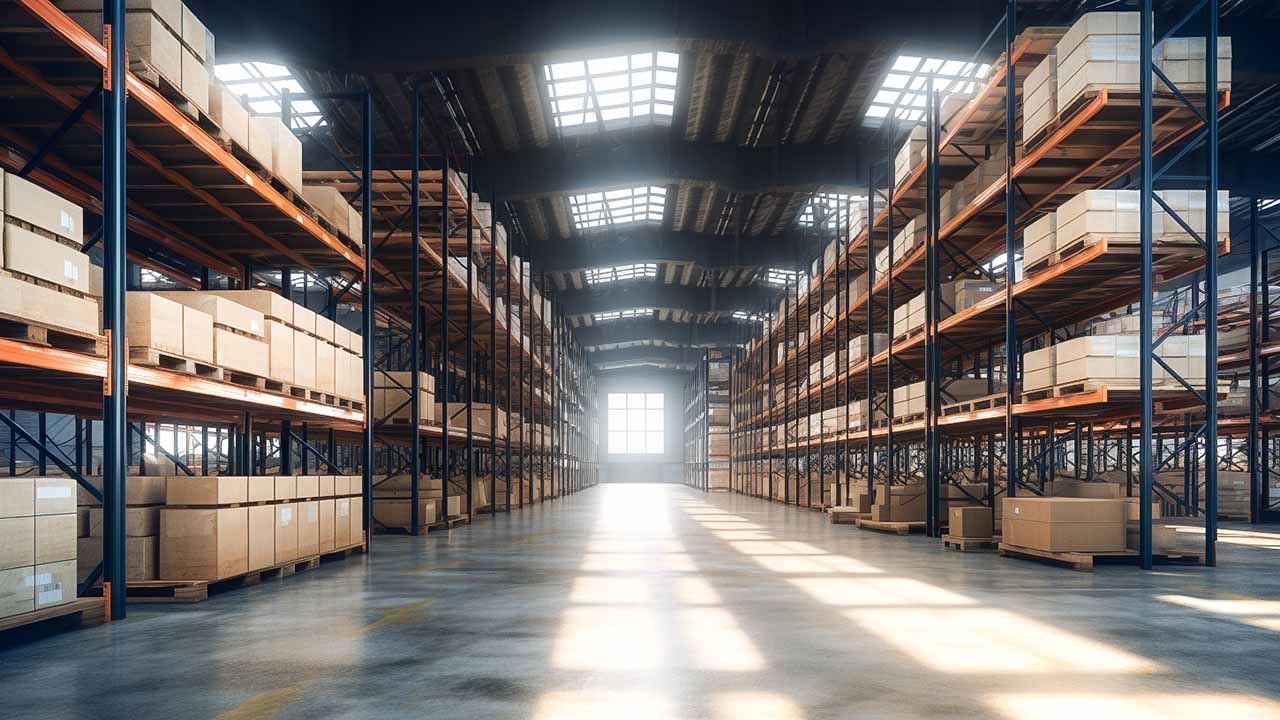
Warehousing plays a critical role in the supply chain and e-commerce operations, offering advantageous qualities such as greater customer service levels, affordability and risk mitigation.
In our experience, however, warehousing can either benefit or seriously hurt your business, depending on the type of service you receive. That is, if you choose to partner with a third-party warehousing provider. That’s also true even if you decide to do your own warehousing. We’ve seen customers come to us not only because of bad experiences with other third-party solutions, but also because they tried to do their own warehousing with negative results, or just grew out of it.
That said, we feel strongly that companies should gain knowledge about warehousing to make the right choice of solution for their needs. Embracing fresh ideas from within the ever-changing warehouse sector can provide businesses with an edge against competition in today’s market.
Storing products from suppliers, moving them efficiently to their destination and enabling customers to get access, that is the role of warehousing in logistics. It plays a fundamental part within the supply chain process, making it an indispensable element for logistical operations.
Warehousing is integral to the supply chain process by providing necessary services such as inventory management, receiving and shipment handling, and quality assurance. These functions aid in ensuring that goods are organized properly for prompt delivery while allowing items to be tracked effectively.

The various factors in warehouse layout design and how to decide what is right for you based on your business needs.
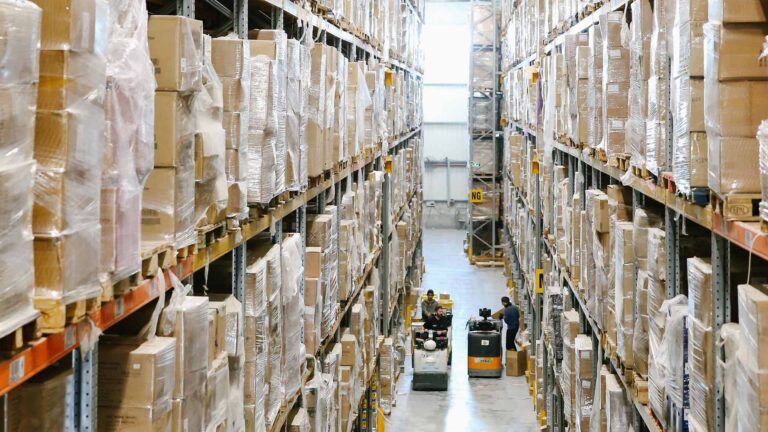
There are many different types of warehouses. Choosing the appropriate warehouse type is important for the effectiveness of your business.
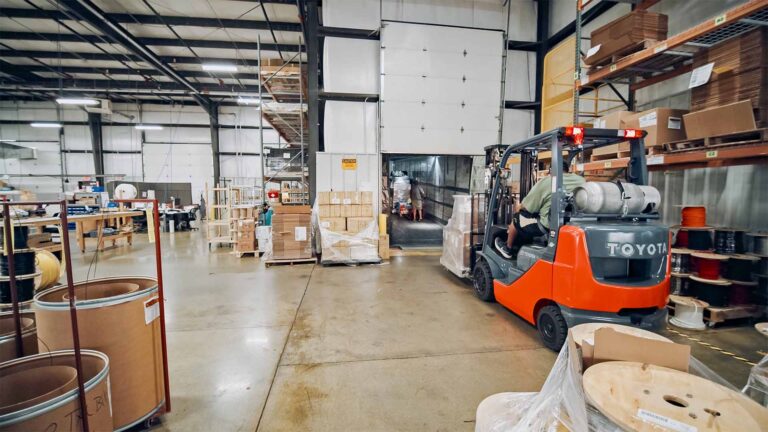
Discovering the 6 most costly warehouse mistakes and the simple preventative ways to fix and avoid them all together.
There was a time when businesses revolved centrally around the customer and their needs. Decisions were made based on what is best for the customer first. People did what they said they would, and jobs were completed on time. AMS carries on the tradition of customer service today.